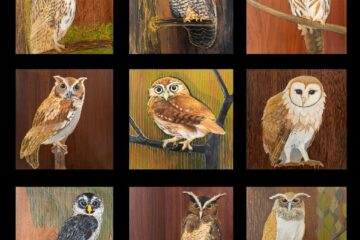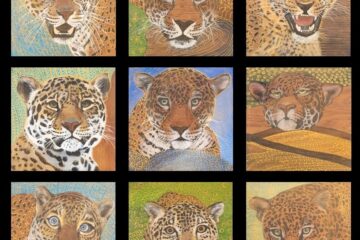THE MYTH OF ELDORADO
THE BUTTERFLY AS A MYTHICAL CREATURE
Before you read this blog, be welcome to read the following blogs first:
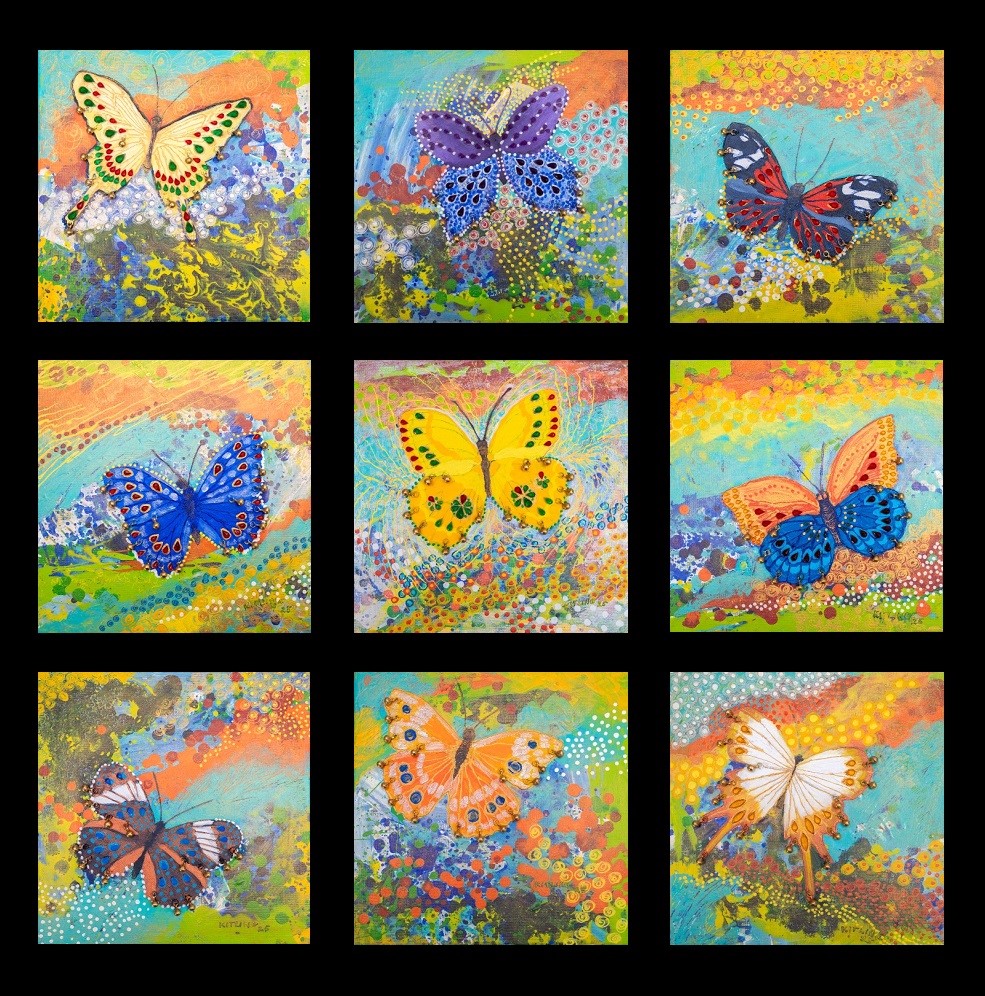
Memories of the Past are like Butterflies
Memories of the Past are like Butterflies is the title of a series of 8 paintings I created in 2014. The concept was based on various aspects of the butterfly and two of them have been dominating my thoughts.
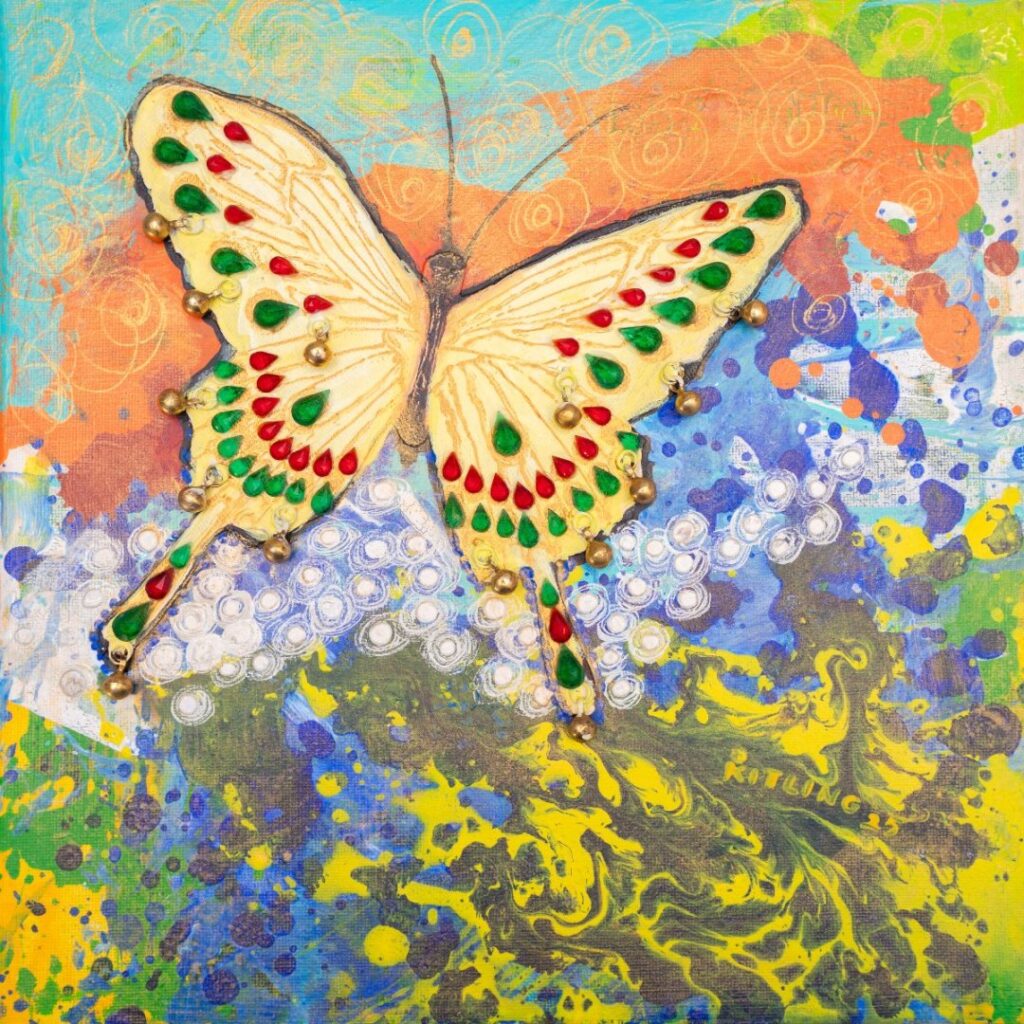
The first: Butterflies do not live long. This is also true for the memories of people. For those who have experienced serious psychological trauma, forgetting unpleasant experiences is often a relief. It allows them to continue living more peacefully. That is why traumatic memories are often forgotten.
The second: Butterflies charm people with their beauty. In many stories of the past, the past is often remembered as more beautiful than it actually was.
The fact that these two aspects unconsciously played an important role in my thinking might reflect my Eurocentric upbringing. They are also found in Giacomo Puccini’s opera Madama Butterfly, written and first performed in the early twentieth century. The exotic beauty of the fifteen-year-old Cio-Cio-San relates to aspect number two. The temporary marriage between US Navy Lieutenant Pinkerton and this young Japanese geisha mirrors the butterfly’s brief lifespan.
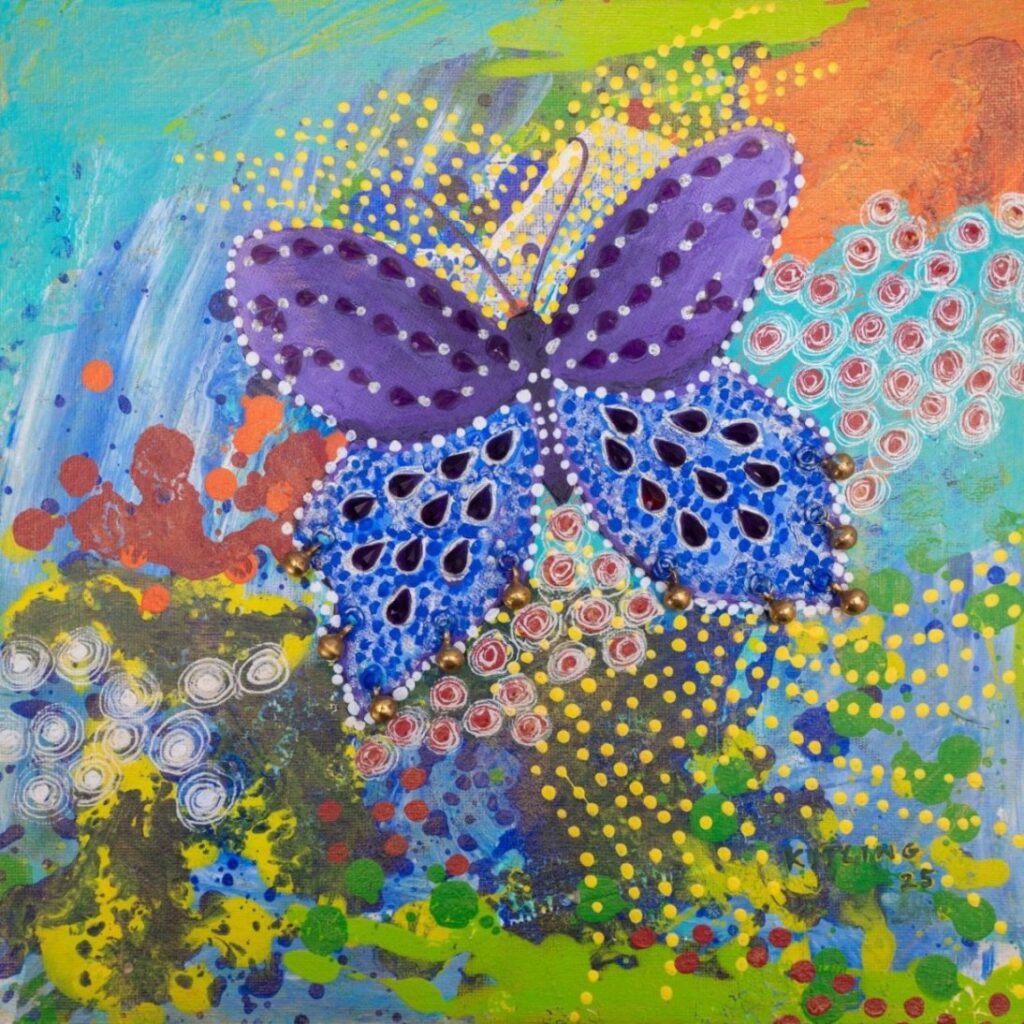
Another Cosmovision
My project ‘The Myth of El Dorado’ is coming to an end, but my journey of discovery within the region is far from over. In fact, it has only just begun. Understanding the indigenous philosophies of the peoples of Mesoamerica and South America is challenging, especially since I grew up in a Dutch colony, with the Dutch language and Dutch-oriented philosophies, all seen through a twentieth-century lens.
If you are not very familiar with the major civilizations of Mesoamerica, such as the Mayas and the Aztecs, you might mistakenly place them within the same period. However, one of the oldest Mayan cities, Tikal in Guatemala, was already inhabited in 400 BC. The period from 300 to 850 AD is generally considered the pinnacle of Mayan civilization. The Aztec civilization, located in present-day Mexico, existed roughly between 1300 and 1521 AD. The Spanish, led by Hernán Cortés, arrived in Mexico in 1519, and Montezuma, the emperor of the Aztecs, was captured and killed in the ensuing war. After that, the Aztec empire faded into history.
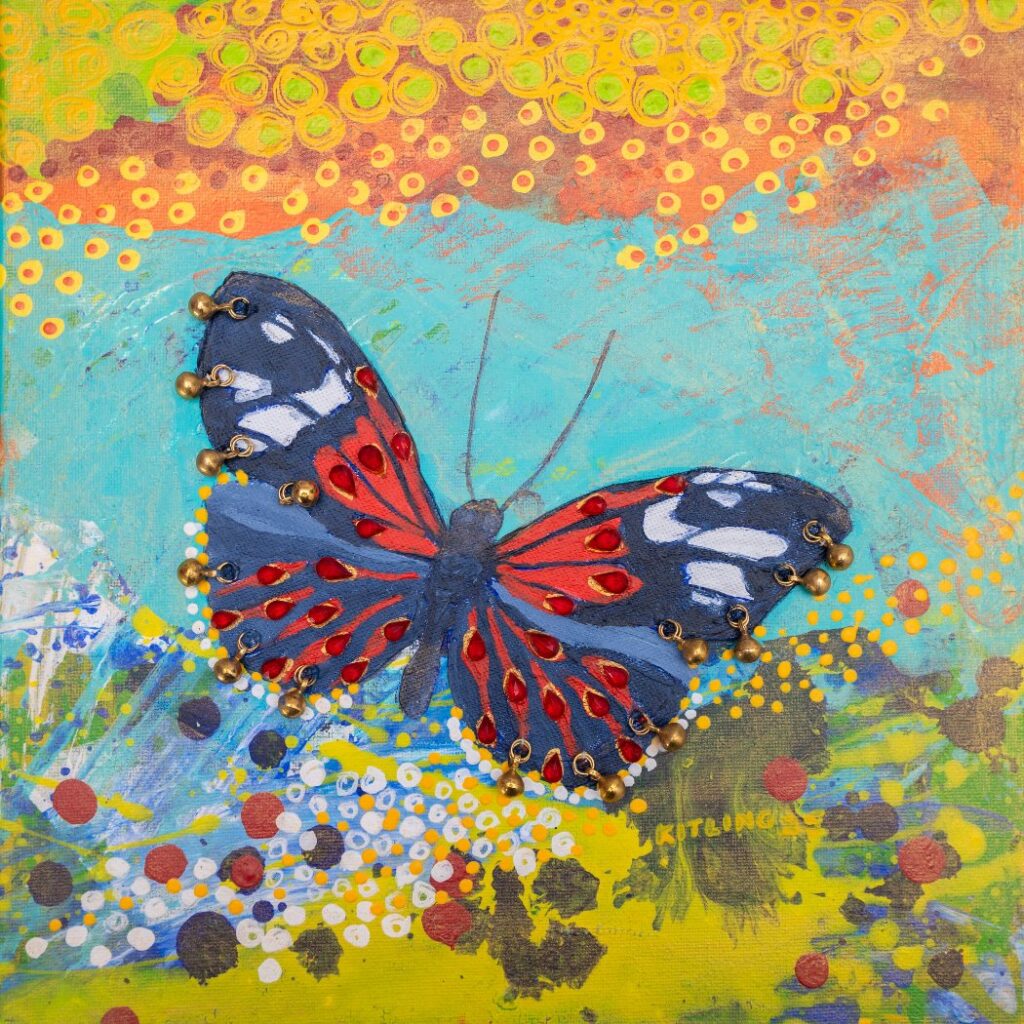
When you read about the sacred ball game played by the Mayans and the Aztecs, you need to recognize that there were many years between the two great civilizations. However, the rules of the game remained largely unchanged over those centuries. Only in modern times did some significant changes occur, such as the use of a lighter ball and the absence of blood sacrifices. But centuries ago, the game often ended in a blood sacrifice among both the Mayans and the Aztecs. It is not entirely clear whether it was the winner or the loser who was sacrificed, but among the Mayans, the heart was cut out of the living person and offered to the gods. Decapitation was another possibility. The Aztec method of sacrifice is less clear, though it is known that blood sacrifices were performed in honor of gods like Huitzilopochtli.
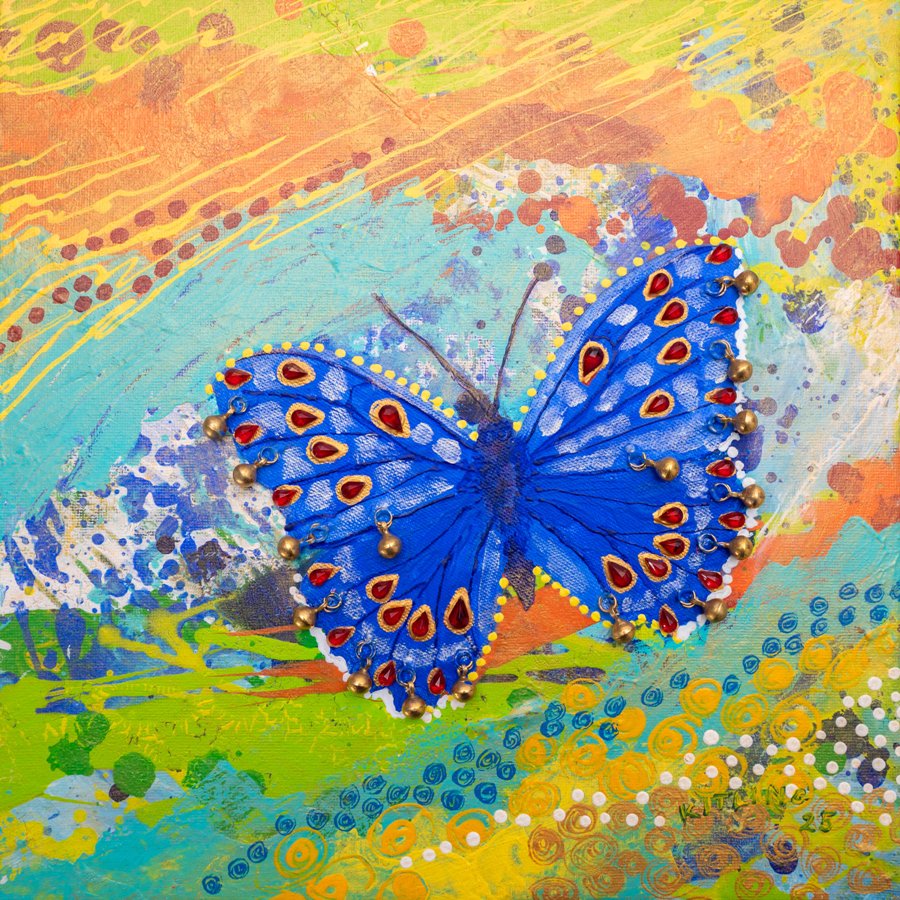
I am a fervent opponent of war and any form of bloodshed. As someone living in the modern world, it is difficult for me to understand the rituals and beliefs of that time. But consider a world plagued by natural disasters: excessive rainfall and flooding, droughts, earthquakes, and volcanic eruptions.
Cipactli is angry and demands blood sacrifices. The belief is that, if Cipactli is appeased, nature will restore its tranquility. You could also be a young Aztec warrior sacrificed to Huitzilopochtli. You then go directly to the Upper World where you accompany this supreme god instead of descending to the Underworld, where you have to wait for rebirth and risk torment by demons.
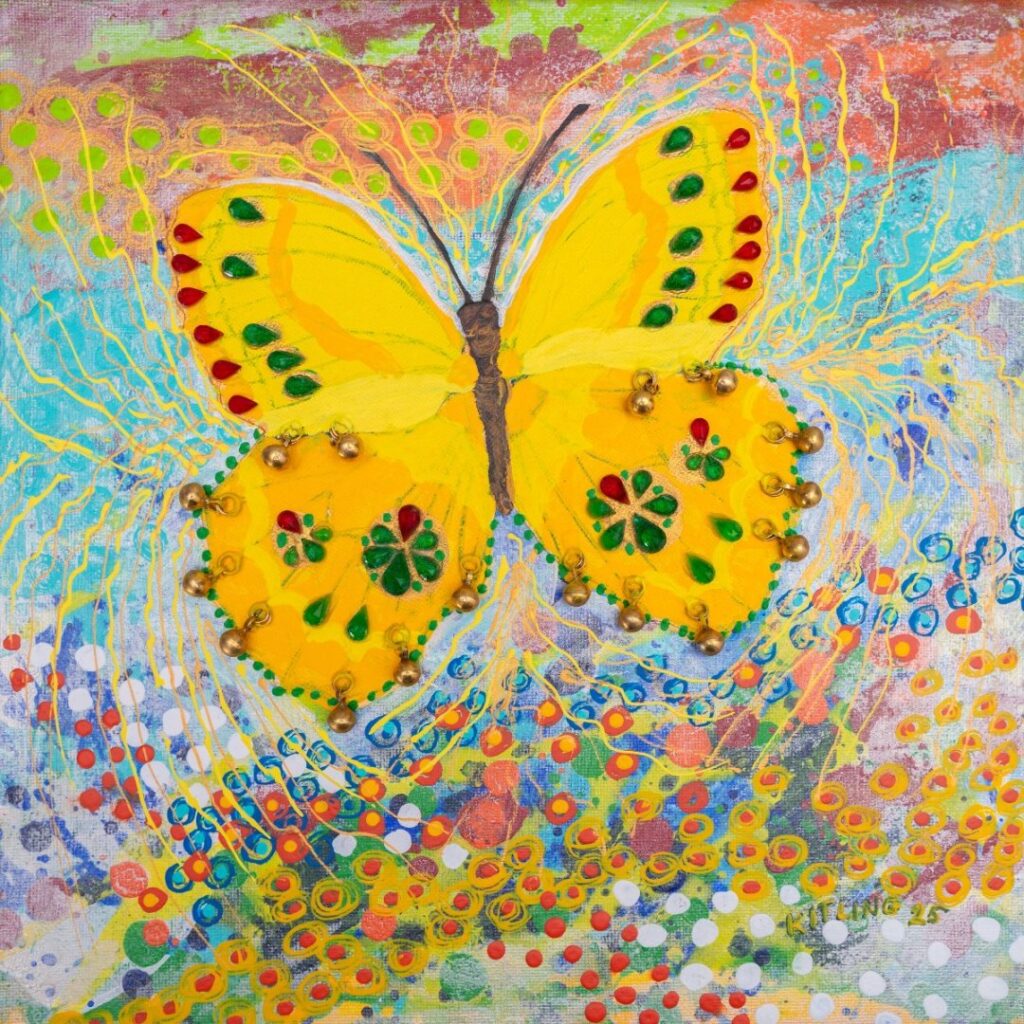
Compare this cosmovision with the one in eighteenth-century Paris, during the French Revolution, when executions by guillotine were spectacles for public entertainment.
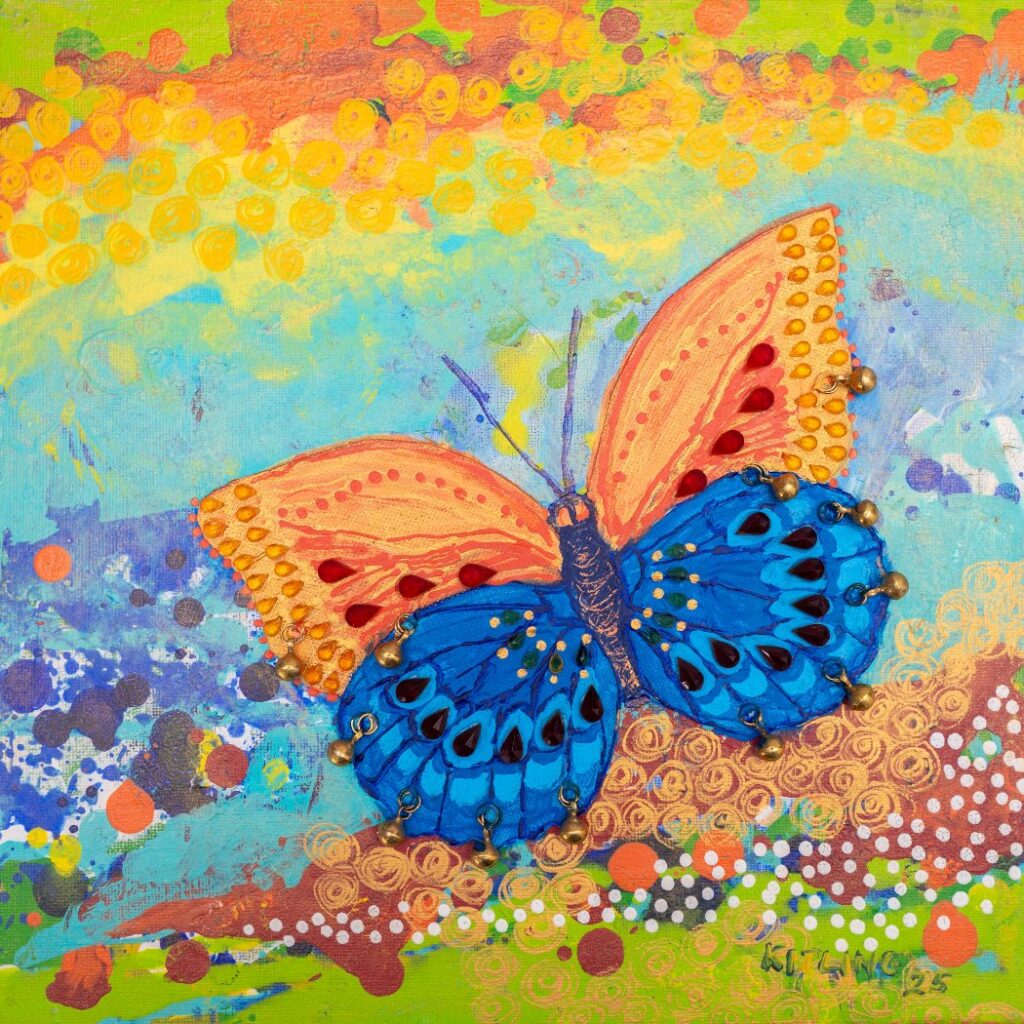
Itzpapalotl
At the beginning of my research for the project ‘The Myth of El Dorado’, three gods immediately captured my attention: Huitzilopochtli, Itzamna, and Itzpapalotl. Huitzilopochtli was mentioned in my blog about the hummingbird, and Itzamna in the blog about crocodiles.
Itzpapalotl is a complex Aztec goddess who personifies different aspects of existence. From the perspective shaped by my upbringing, she even embodies contradictory traits.
Her name can be translated to “obsidian butterfly,” and in Aztec cosmology, butterflies represent change and renewal. They symbolize the eternal cycle of birth, life, and death. The life cycle and metamorphosis of the butterfly are reflected in the essence of Itzpapalotl.
Itzpapalotl is the protector of midwives and women in labor. She guides women who die in childbirth as well as victims of infant mortality to Tamoachan, the paradise where she rules. The infants are nourished by the Suckling Tree which has 400,000 nipples, to regain strength for reincarnation. Thus, Itzpapalotl could travel between the heavens and the Underworld guiding souls through transformation.
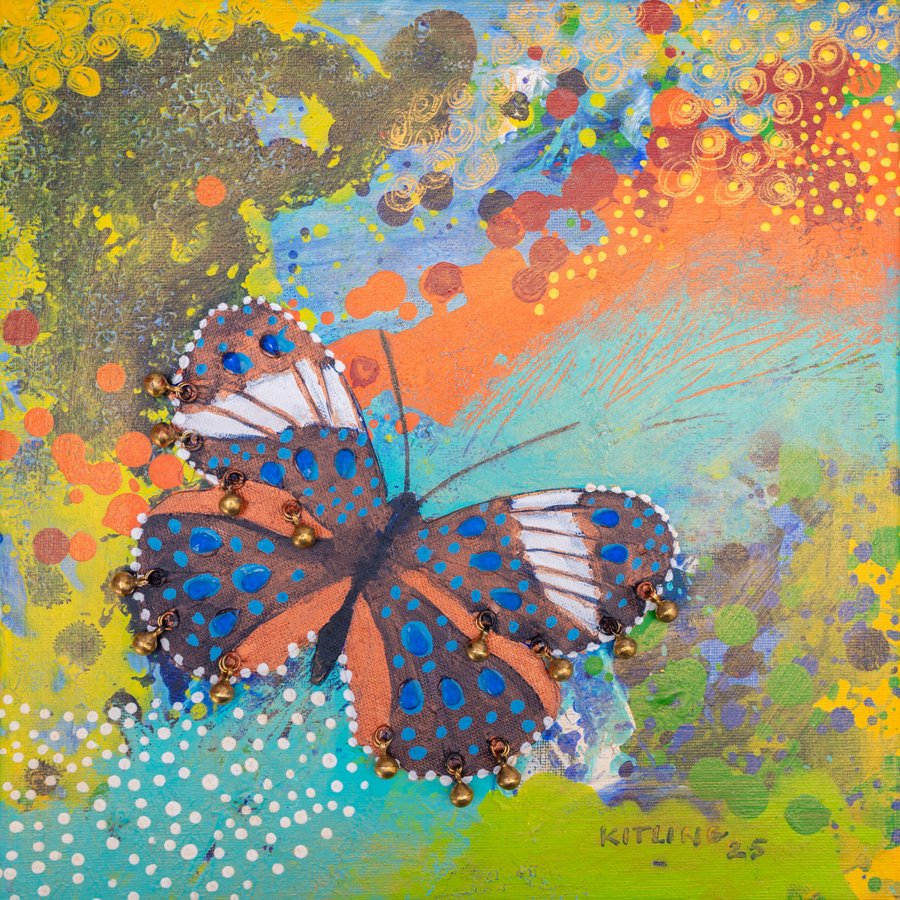
Itzpapalotl is often depicted as a skeletal being with wings edged with obsidian knives and claws resembling those of a jaguar or eagle. The obsidian in her name represents her characteristics, as obsidian is a revered protective stone known for its ability to block, absorb, and transform negative energy. In ancient times, it was used for tools and weapons, such as blades and arrowheads. The obsidian blades on Itzpapalotl’s wings symbolize both destruction and protection.
Itzpapalotl is also known as a powerful woman warrior. In Aztec civilization, women fought alongside men in battles and were honored for their courage and strength. In one legend, she transforms into a beautiful woman, seduces men, tears their chests open, and eats their hearts. In another legend, she sacrifices herself to nourish the gods. This reflects the Aztec practice of human sacrifice, where people were offered as gifts to please the gods in hopes of receiving divine favor and protection.
In addition to the portrayal of Itzpapalotl as a villainous, vampire-like creature, she can also be considered a symbol of destruction that creates something new. She can stand for beauty and life, transformation, purification, strength, and power.
Note: In Suriname, the “ogri ay krala” is a black bead worn to protect babies from the evil eye (“ogri ay”). It was usually incorporated into a simple brooch pinned to the baby’s vest. The bead was made of onyx, a stone that closely resembles obsidian.
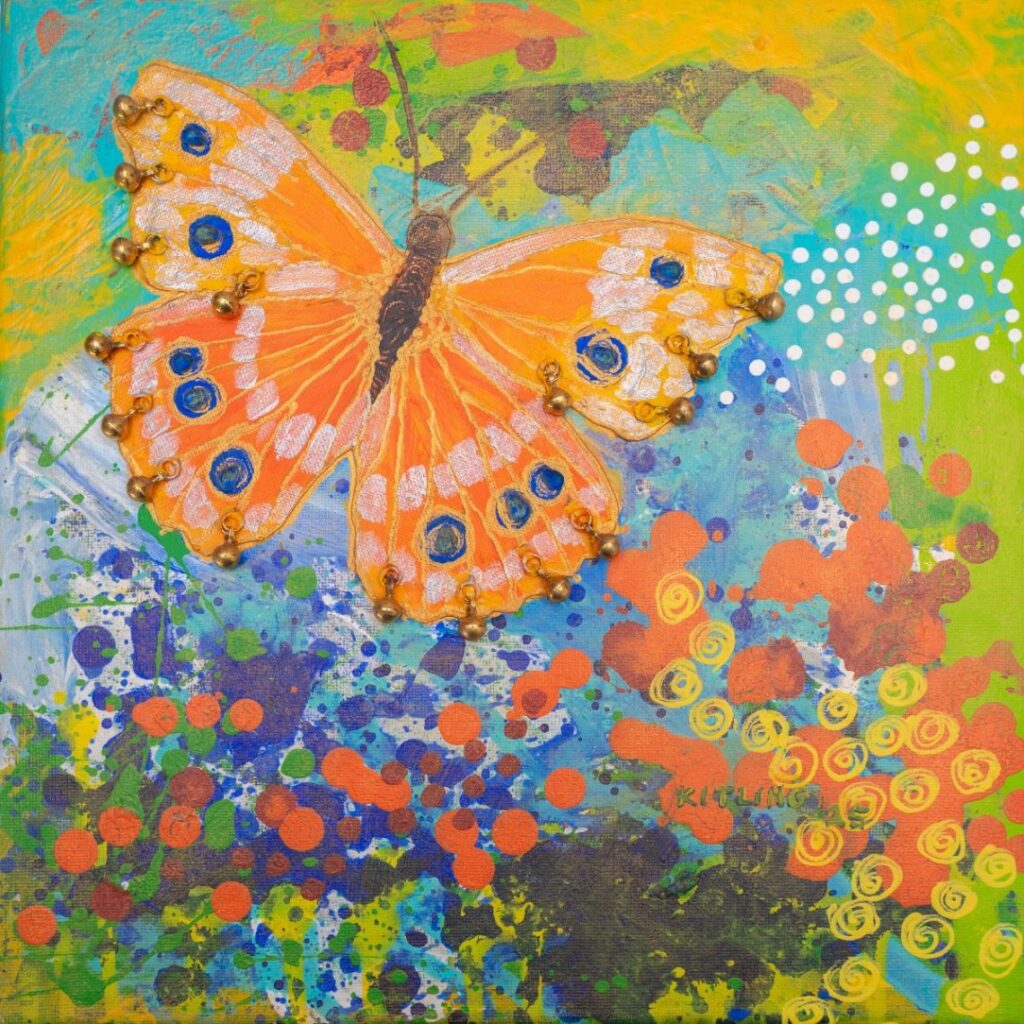
My Chinese Heritage
A few months ago, my niece gave me a bag containing small items she had found while cleaning out the old warehouse of the family store at the Maagdenstraat in Paramaribo. Among the items were hundreds of small Chinese buttons, like the ones used in traditional Chinese costumes, as well as imitation gemstones, neatly stored in small plastic bags. I remember seeing these stones in the store when I was a child, displayed in wooden boxes within a wood-and-glass display case.
The buttons must have been imported long before I was born. In family photos, I can see my paternal grandmother’s clothing transition from traditional Chinese outfits to Western-style dresses, often with a white lace collar. By the time I was born, she had not worn traditional Chinese clothes for years. By the time I grew up, the family business had already shifted from wholesaling groceries to trading cars and car parts.
Initially, I thought I could use these buttons and imitation gemstones in a new series, My Chinese Heritage, in line with the My Hybrid Heritage series I made in 2011. However, in preparation for the final series of animals in my ‘The Myth of El Dorado’ project, I realized that the smallest buttons and imitation gemstones would be perfect for the butterfly series.
Memories of the Past are like Butterflies.

